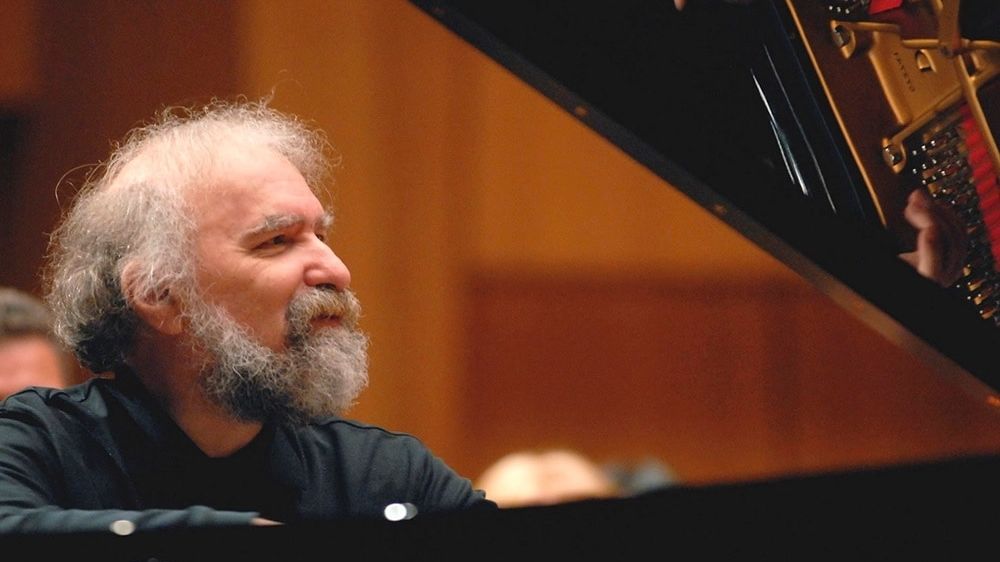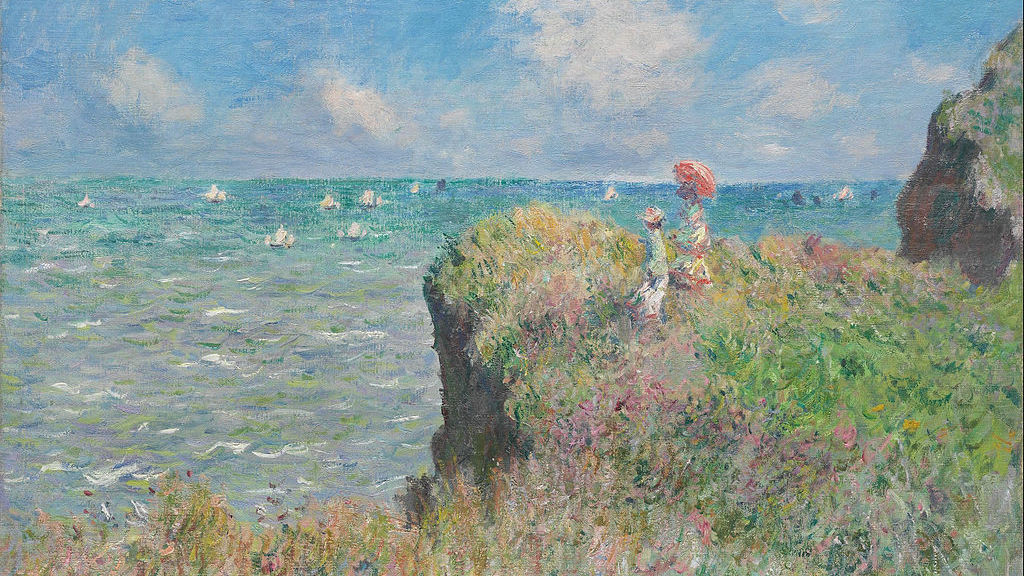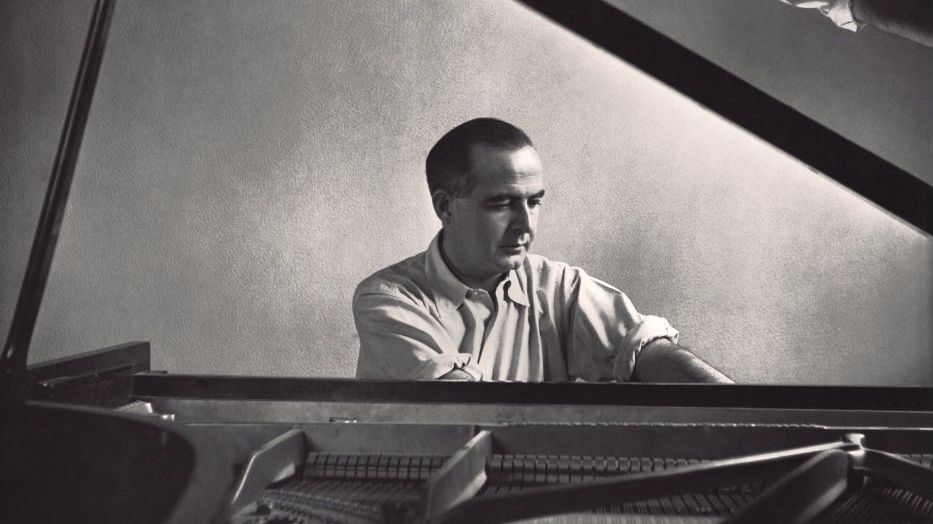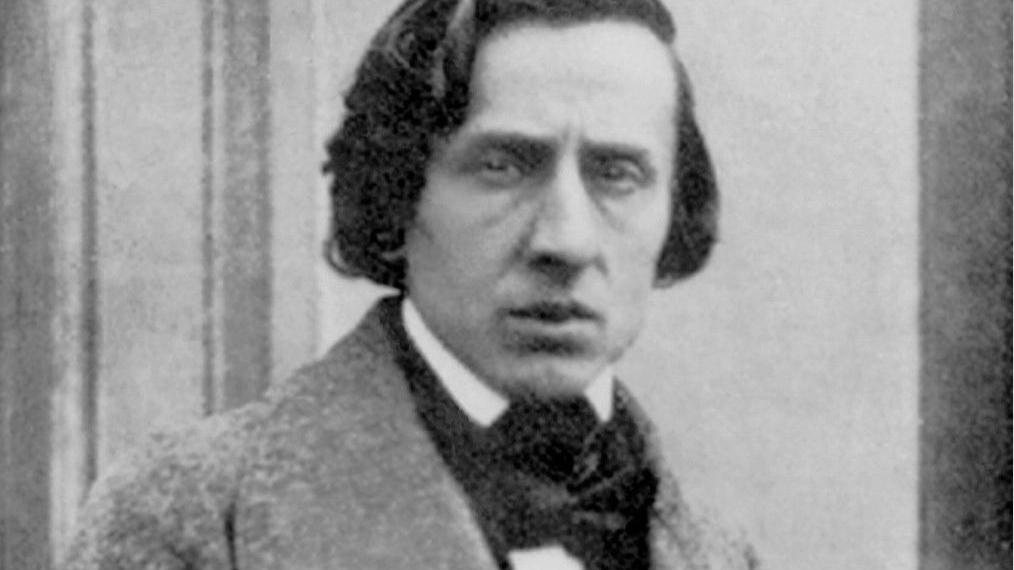Remembering Radu Lupu
The great Romanian pianist, Radu Lupu, passed away earlier this week. According to his manager, Lupu “died peacefully in his home in Switzerland from numerous long-term illnesses.” He was 76 years old. In 1966, Radu Lupu was awarded the first prize at the second Van Cliburn International Piano Competition. He went on to win first prizes at the George Enescu International Piano Competition and the Leeds International Piano Competition. Lupu’s playing was filled …







